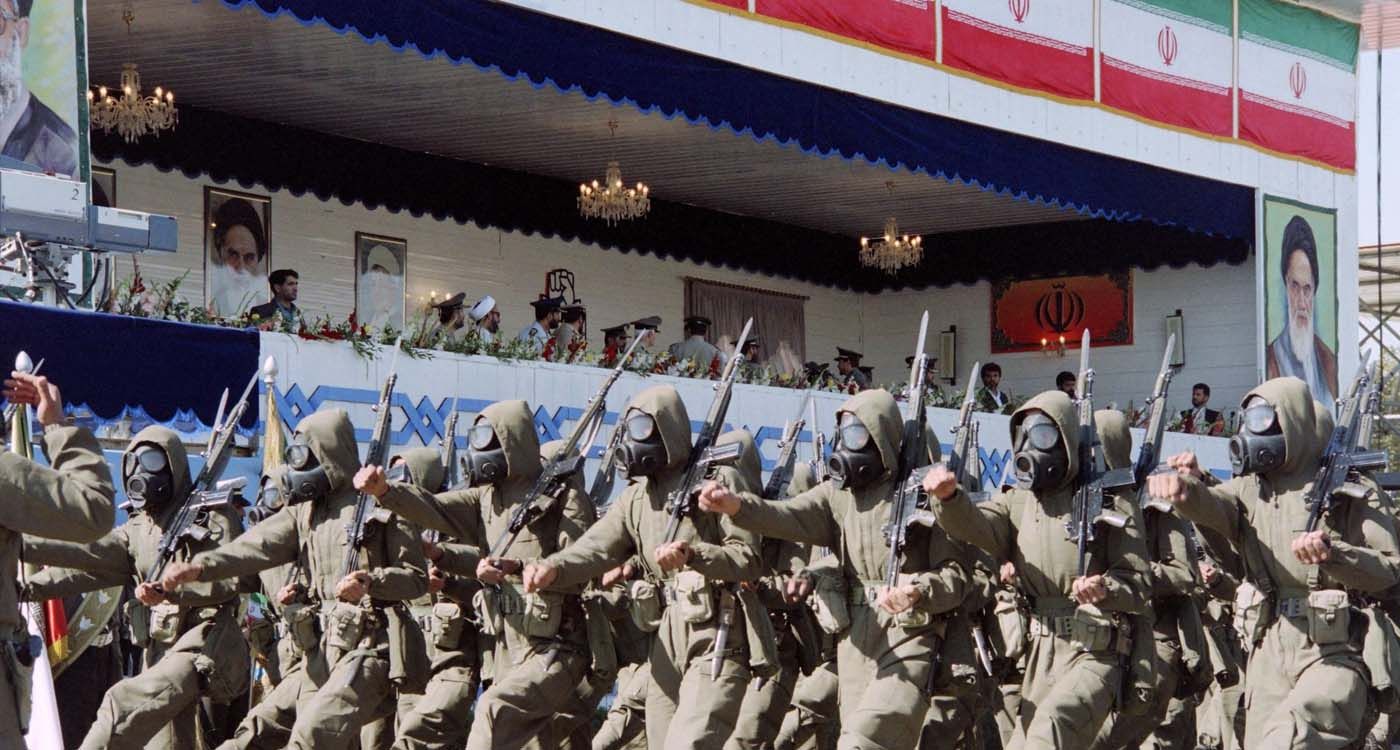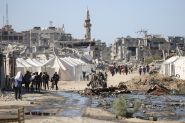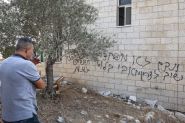- Home
- Middle East
- Tehran’s Shadow Arsenal: Chemical, Biological and Radiological Threats

©AFP
Despite Iran’s largely nominal commitments to international treaties, mounting evidence suggests the existence of an active or developing chemical, biological and radiological weapons program.
Long-sidelined concerns are resurfacing as regional tensions escalate, and a Damoclean sword hangs over the mullah’s regime. On one side, Israel claims it has the capability to topple Tehran’s leadership. On the other, the United States signals the possibility of direct military intervention. Meanwhile, Iran’s conventional forces are faltering.
A Silent but Persistent Threat
The roots of this threat trace back to the Iran-Iraq War. Intelligence reports from the US and Iraq, cited by the Wilson Center, reveal that Iran began developing its own chemical weapons program as early as 1983.
Initially conceived as retaliation against Saddam Hussein’s large-scale use of mustard gas and tabun nerve agents, Iran’s program was bolstered by Syrian technology transfers and Western European acquisitions, particularly from West Germany.
When Iran ratified the Chemical Weapons Convention (CWC) in 1997, it acknowledged producing over 20 tons of blister agents, highly toxic compounds that cause severe burns and skin lesions, yet insisted they were never converted into operational weapons.
However, this claim was contradicted by the 2011-2012 discovery in Libya of Iranian aerial bombs containing mustard gas, conclusively proving that these agents had, in fact, been militarized.
The Policy of Opacity
Iran has deliberately misled the Organization for the Prohibition of Chemical Weapons (OPCW) about the true scope of its chemical weapons program. This entrenched culture of concealment makes recent warnings all the more alarming.
A report by the Center for Strategic and International Studies (CSIS) highlights significant gaps in open-source information about Iran’s biological and chemical programs, even as it reaffirms Tehran’s technical capacity to develop them. As early as 1997, the CIA assessed that Iran possessed stockpiles of blister, choking and hemotoxic agents.
In November 2024, the Institute for Science and International Security (ISIS) sounded the alarm over Iran’s military production of pharmaceutical-based incapacitating agents, including fentanyl and medetomidine. According to leaked internal documents, Imam Hossein University, affiliated with the Islamic Revolutionary Guard Corps (IRGC), tested grenades filled with medetomidine, manufactured by Iran’s Ministry of Defense, with deeply troubling results.
These weapons, in aerosol or cartridge form, could be deployed by multirotor drones or transferred to pro-Iranian militias.
A Regime Built on Deception
Iran’s history of strategic deception is long-standing. Its nuclear program has repeatedly been deemed “incomplete” by the International Atomic Energy Agency (IAEA), which suspects Tehran of concealing materials and undeclared sites. That same opacity extends to the chemical domain: the OPCW has been denied access to several facilities, and ISIS suggests Iran is likely in violation of the Chemical Weapons Convention.
Perhaps most disturbing is the reported use of modified tear gas grenades by pro-Iranian militias against Iraqi protesters in 2019, allegedly under the direction of former IRGC commander Qassem Suleimani, pointing to a deliberate intent to use such weapons against civilians.
Likewise, Syrian dictator Bashar al-Assad deployed chemical weapons at least 3 times between 2013 and 2018, during a period when Iranian military support was critical. The Quds Force, the IRGC’s external operations branch, was instrumental in backing Assad’s forces against the Syrian opposition.
Dirty Bomb: The Alarming Case of Iridium-192
The threat of a dirty bomb, a radiological weapon designed to contaminate rather than destroy, should not be underestimated. In November 2016, Iranian authorities informed the IAEA of the theft of iridium-192 from a nuclear facility in Bushehr, on the Persian Gulf coast, according to i24 News.
When combined with conventional explosives, this radioactive isotope can cause long-term contamination, rendering the affected areas hazardous and uninhabitable for years.
The US think tank Foreign Policy Research Institute (FPRI) considers dirty bombs a real and growing threat in a Middle East saturated with non-state actors. Iran is seen as one of the likeliest states to supply radioactive materials or delivery systems to its proxies.
Unlike nuclear weapons, radiological devices or pharmaceutical-based agents provide Iran with something it has long pursued: a low-cost deterrent with plausible deniability. Fentanyl or iridium can be delivered not by state actors but by intermediaries, militias or covert operatives deep inside enemy territory.
This strategic ambiguity is a hallmark of Iran’s regional playbook, visible from Beirut to Sanaa to Gaza. Its renewed interest in chemical and radiological arms is not a tactical deviation but a calculated evolution of its confrontation doctrine.
Hedging with 'Heterodox' Deterrence
Facing the erosion of its conventional military strength, the decline of its paramilitary networks and the limitations of its precision missile arsenal, Iran may increasingly turn to “heterodox” means, to put it mildly, to sustain its deterrent posture.
Chemical, biological and radiological weapons offer clear advantages: they can be discreetly deployed, produce strong psychological effects and lower the risk of provoking a direct nuclear response.
In the end, a faltering, isolated and ideologically rigid regime appears willing to resort to any means necessary to survive.
Read more





Comments